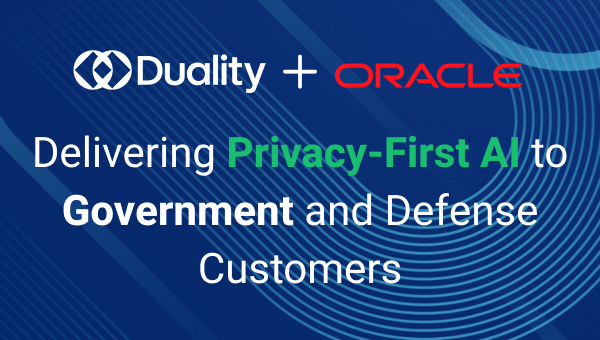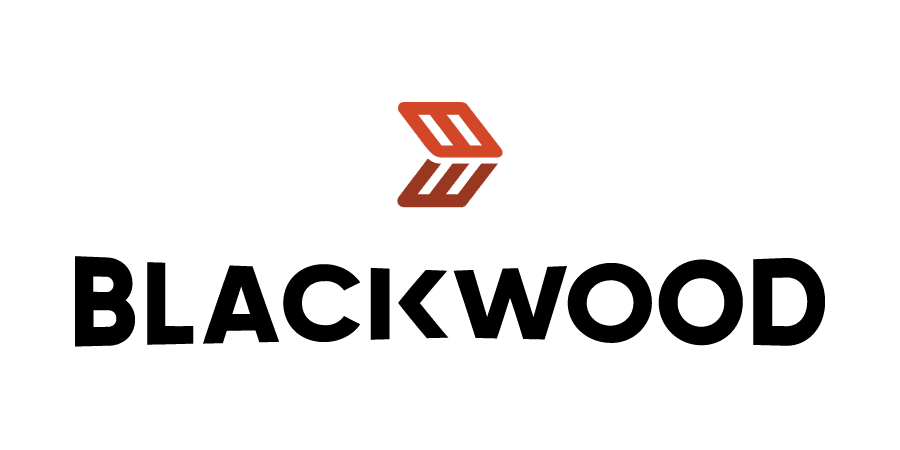$150 Billion has been spent on Healthcare Mergers and Acquisitions (M&A) since 2015. This 150B spending spree isn’t only about big businesses getting bigger through vertical integration and customer acquisitions. If we look at the long-term visions of these organizations, we find a motivation that one might not necessarily expect: data collaboration. After all, we are in a data-driven economy. The major trends in healthcare innovations are preventative and personalized care and accelerating solutions for global health issues, like cancer, Alzheimer’s, the impact of COVID, vaccines, and so on. The common thread in how we achieve these goals is data and data collaboration. That makes sense, but why spend $150 Billion on M&A (soft costs not included) rather than jumping directly into spending on collaboration that can change the world? The answer may not surprise you: privacy regulations and data security requirements. In this blog series, we will cover how such requirements are reshaping the healthcare landscape, the remaining challenges, and the technology solutions available to the market – and why those solutions include healthcare data integration.
The Major Healthcare Goals
In September 2022, CVS announced the acquisition of Signify Health for $8 Billion. Here’s what Kyle Armbrester, CEO of Signify Health, had to say on the move:
“Signify Health’s mission is to build trusted relationships to make people healthier by using actionable intelligence to understand what’s really impacting outcomes and cost today…As we carefully considered our long-term strategic options, we determined that CVS Health is the ideal partner, given its focus on expanding access to health services and helping consumers navigate to the best sites of care. We are both building an integrated experience that supports a more proactive, preventive and holistic approach to patient care, and I look forward to executing on our shared vision for the future of care delivery.”
The key words here are “trust”, “actionable intelligence”, “integrated experience,” and “partner.” This partnership is necessary because it allows the two organizations to integrate their data, analyze it holistically, and generate insights that lead them toward their vision of trusted relationships that enable better care delivery supported by better healthcare accessibility. Actionable vs. non-actionable insights differ in accuracy and efficacy. Both directly relate to the quality, quantity, relevance (age), and diversity of data available for analysis (which we’ll dig into more in the second part of this series). The acquisition of Signify Health enables and streamlines the ability to get such actionable insights.
Let’s look at some of the major initiatives that benefit from healthcare data integration across various lines of business.
Personalized & Preventative Care
Every learning typically results in yet more questions to be answered. Healthcare is no different. We know much more about the connection between dental health and heart health than we did 20 years ago. We know there is a strong relationship between mental and physical health. Personalizing health care means creating a plan with all of this context and knowing when to intervene to help course-correct or prevent unfortunate and costly outcomes. For healthcare companies, that’s problematic because they only have visibility into their specific sliver of a patient’s or population’s health profile, rather than full, longitudinal data. In other words, multiple organizations hold unique pieces of an individual’s overall health picture, and benefit from collaboration, but are challenged in attempts to connect those pieces. M&A across the healthcare industry brings those pieces together, enabling improvements across the board. It’s from this data context that personalized and preventative care can truly start to form.
Real World Evidence & Stage 4 Trials
When drug manufacturers set up clinical trials, they have participants that have volunteered and agreed to share specific data at specific frequencies. Oftentimes, these trial participants are paid to participate. However, after FDA approval is granted and the negotiations with insurers and pharmacies are completed, new challenges emerge. Real world evidence (RWE) and stage 4 trials involve a much more diverse population of patients, and not all of them provide the level of detail at the frequency of compensated volunteers. Aside from the patients, we now have various care providers, insurers, and pharmacies all holding different pieces of the data puzzle that are valuable when it comes to evaluating long-term impacts outside of a controlled trial setting – such as issues with other medications, costs, and the overall efficacy of the new medicines. In this context, the CVS acquisition of a care provider (Signify Health) and an insurer (Aetna) with an existing pharmacy wing makes complete sense.
Genomic studies and analysis aim to link diseases and traits to specific genetic variants. Such insights are leading to a future of significantly more effective precision medicine, preventative care, critical care, living health, epidemic responses, mental health care, and more. Companies like 23andMe and Ancestry are the largest direct-to-consumer DNA test providers in the world and have enabled far better genome studies than ever before. However, there is still a significant burden and limitations when it comes to linking such data sets to those held by care providers, insurers, or drug and device manufacturers. Add in cross-jurisdiction collaboration and it’s even more challenging. One of the largest issues facing genomic studies today is high-false positive rates. While there are multiple ways to address problems like population stratification, one of the best ways to reduce false-positive rates is to have more data. Another is to be able to more easily join disparate datasets for more specific investigation and insight (read more about work from Dana-Farber Cancer Institute on the matter).
What are the challenges with healthcare data integration?
Collecting and storing data is not the problem. Data creation continues to accelerate and storage continues to get cheaper. However, getting the right people access to analyze the right data while minimizing risk, navigating regulatory requirements, and maximizing data utility and accuracy is a major challenge. After all, healthcare is consistently among the most targeted industries by cybercriminal organizations, and we must avoid creating new, massive honeypots of sensitive information.
In the next post of this series, we’ll begin to answer the question “are all these acquisitions worth it?” by explaining the needs for healthcare data integration via secure collaboration – the technology, the players, and the divides.

















